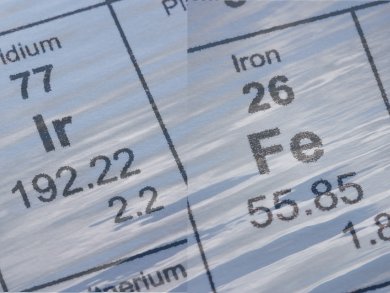Water reduction for the generation of H2 as a fuel source requires a three component system: a photosensitizer, a water-reduction catalyst (WRC) and a sacrificial reductant. Reducing the cost of one or all of these components is an ongoing area of research.
Matthias Beller and co-workers, Leibniz-Institut für Katalyse e.V., Rostock, Germany, have reported seven new iridium(III) complexes, based on the structure below, that show activity as photosensitizers. The team demonstrated that these complexes can be used in conjunction with the cheap and accessible iron-based WRCs previously developed in their group. The activity of the best iridium complex, in terms of amount of H2 produced before the catalyst became inactivated, was the highest ever reported for a water-reduction system containing an iron WRC.

- Synthesis, Characterisation and Application of Iridium(III) Photosensitisers for Catalytic Water Reduction
F. Gärtner, D. Cozzula, S. Losse, A. Boddien,G. Anilkumar et al.,
Chem. Eur. J. 2011.
DOI: 10.1002/chem.201100235




